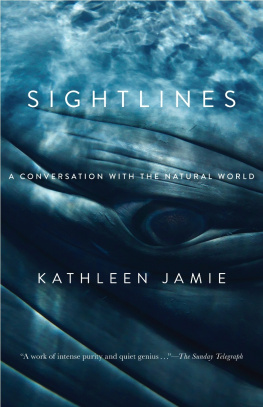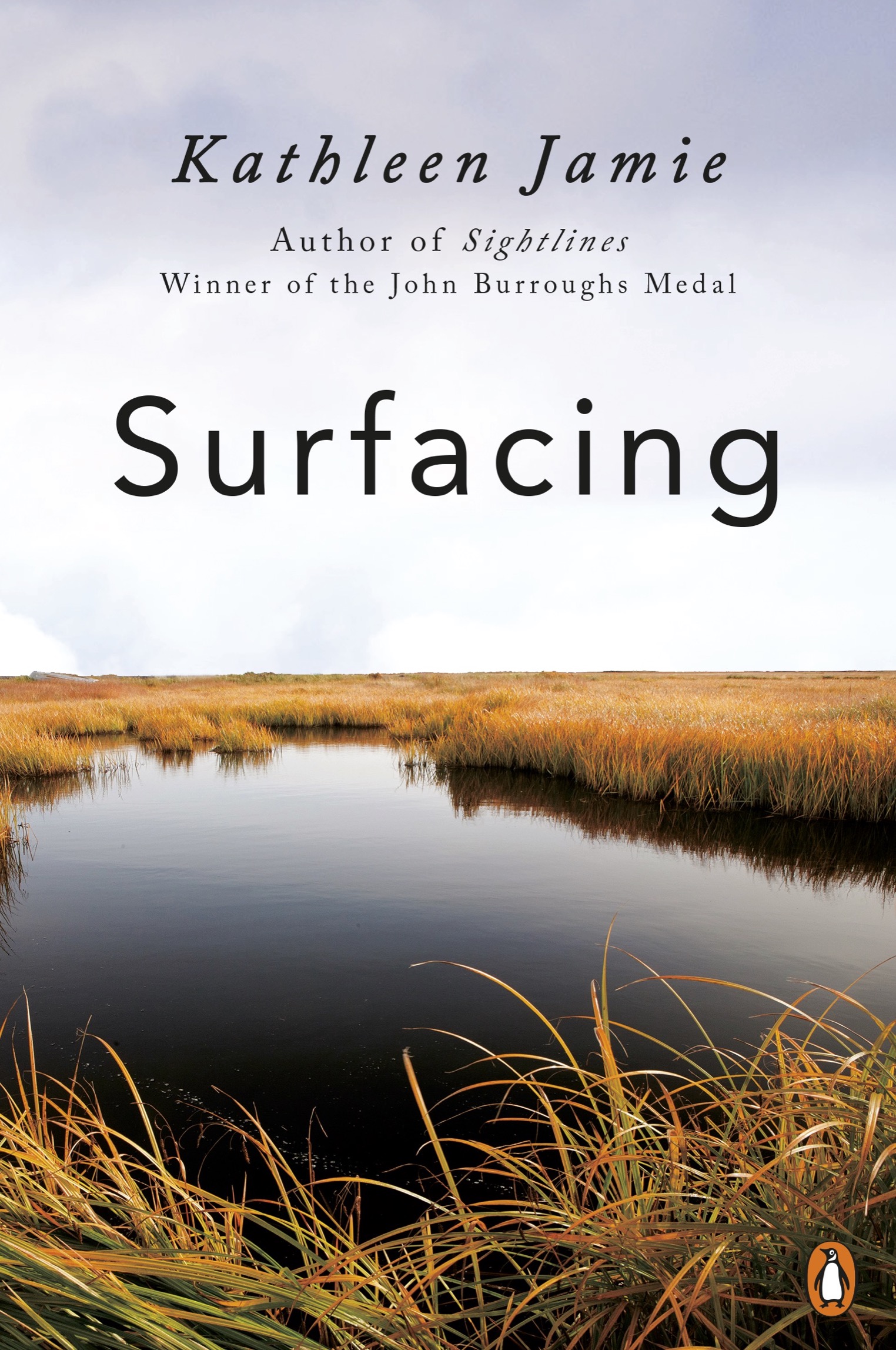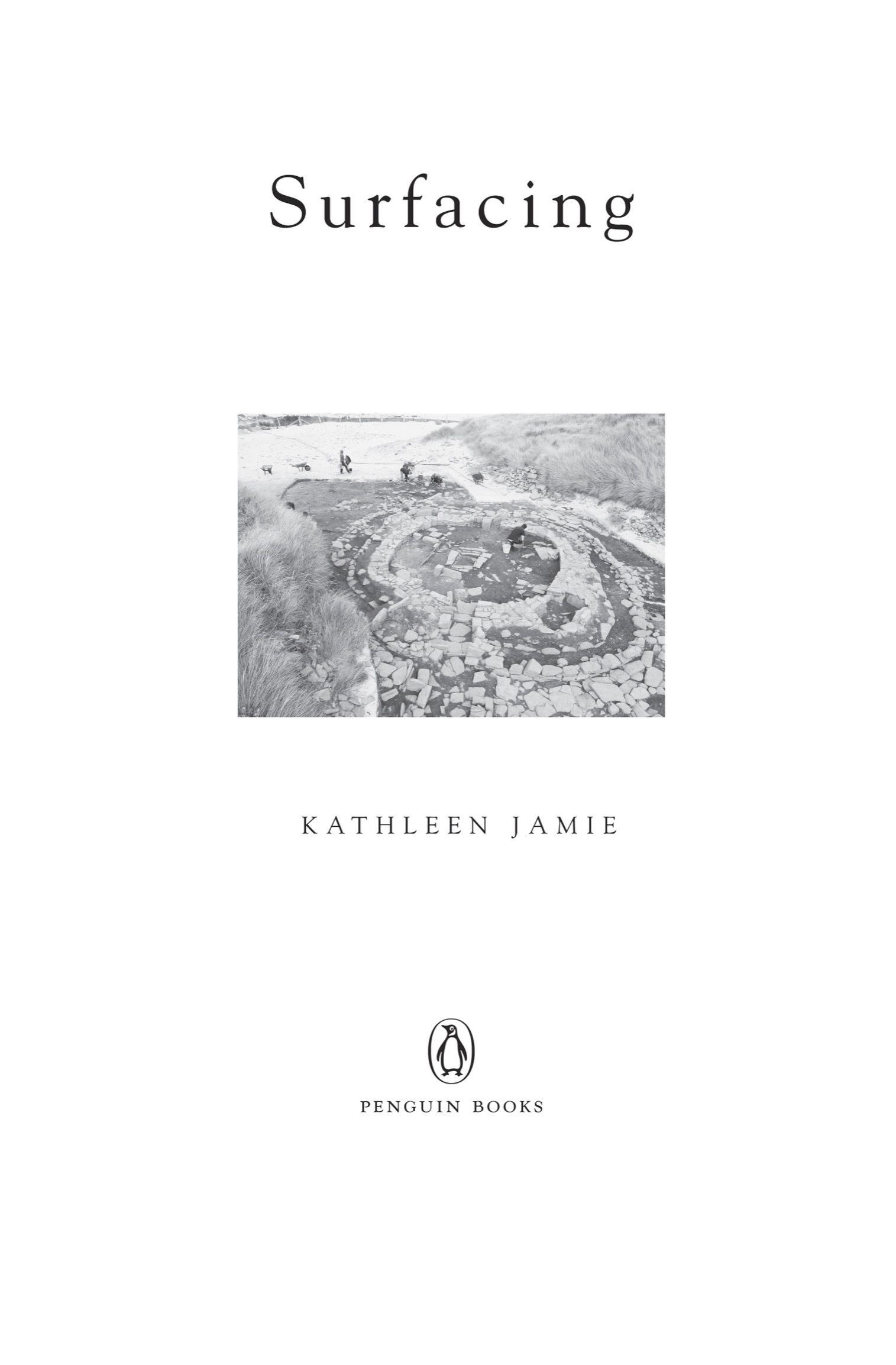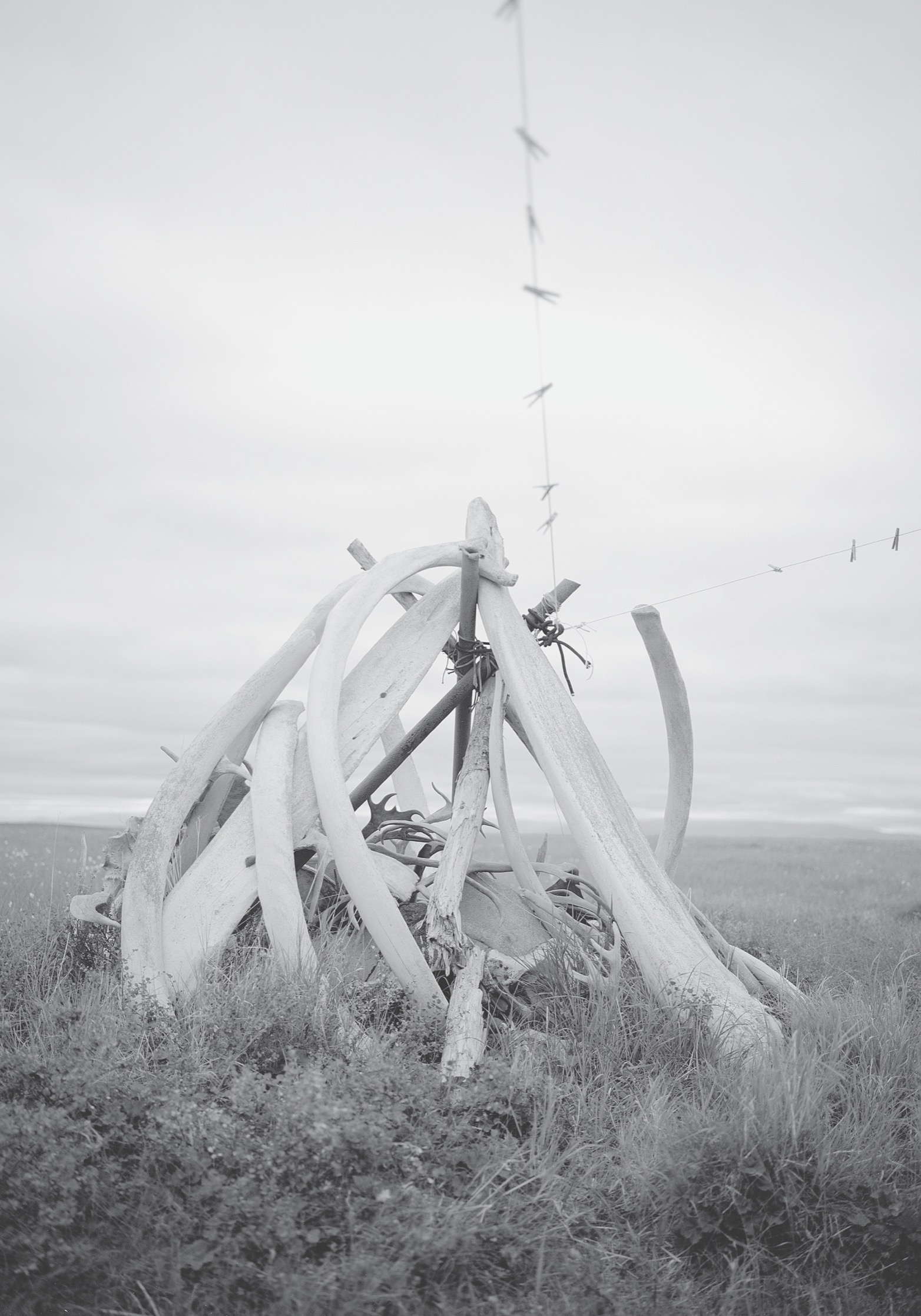Praise for Kathleen Jamie
Winner of the
John Burroughs Medal Costa Prize for Poetry
Orion Book Award Forward Poetry Prize
[Kathleen Jamies] essays guide you softly along coastlines of varying continents, exploring caves, and pondering ice ages until the narrator stumbles overnot a rock on the trail, but mortality, maybe the earths, maybe our own, pointing to new paths forward through the forest.
Delia Owens, By the Book in The New York Times Book Review
A sorceress of the essay form. Never exotic, down to earth, she renders the indefinable to the readers ear. Hold her tangible words and theyll take you places.
John Berger, author of Ways of Seeing and About Looking
Whether she is addressing birds or rivers, or the need to accept loss, or, sometimes, the desire to escape our own lives, her work is earthy and rigorous, her language at once elemental and tender.
2012 Costa Poetry Prize citation
Kathleen Jamie is a supreme listener.... In the quietness of her listening, you hear her own voice: clear, subtle, respectful, and so unquenchably curious that it makes the world anew.
Richard Mabey
The leading Scottish poet of her generation.
The Sunday Times (London)
ABOUT THE AUTHOR
Kathleen Jamie, one of the UKs foremost poets, is the author of four books of poetry and three nonfiction titles, including Sightlines. Her many honors include the 2017 Royal Geographic Society Ness Award, conferred upon Jamie for outstanding creative writing at the confluence of travel, nature, and culture; the 2013 Costa Poetry Book Award; and the Forward Poetry Prize of the Year. A professor of creative writing at the University of Stirling, she lives with her family in Fife, Scotland.
PENGUIN BOOKS
An imprint of Penguin Random House LLC
penguinrandomhouse.com
First published in Great Britain by Sort Of Books 2019
Published in Penguin Books 2019
Copyright 2019 by Kathleen Jamie
Penguin supports copyright. Copyright fuels creativity, encourages diverse voices, promotes free speech, and creates a vibrant culture. Thank you for buying an authorized edition of this book and for complying with copyright laws by not reproducing, scanning, or distributing any part of it in any form without permission. You are supporting writers and allowing Penguin to continue to publish books for every reader.
constitutes an extension to this copyright page.
LIBRARY OF CONGRESS CATALOGING-I N-PUBLICATION DATA
Names: Jamie, Kathleen, 1962 author.
Title: Surfacing / Kathleen Jamie.
Description: New York : Penguin Books, 2019. | First published in Great Britain by Sort Of Books 2019Verso title page. |
Identifiers: LCCN 2019025260 (print) | LCCN 2019025261 (ebook) | ISBN 9780143134459 (trade paperback) | ISBN 9780525506256 (ebook)
Subjects: LCSH: Jamie, Kathleen, 1962TravelScotland. | Jamie, Kathleen, 1962TravelAlaska. | Jamie, Kathleen, 1962TravelTibet Autonomous Region (China) | Life change events. | ScotlandDescription and travel. | AlaskaDescription and travel. | Tibet Autonomous Region (China)Description and travel.
Classification: LCC PR6060.A477 A6 2019 (print) | LCC PR6060.A477 (ebook) | DDC 824/.914dc23
LC record available at https://lccn.loc.gov/2019025260
LC ebook record available at https://lccn.loc.gov/2019025261
While the author has made every effort to provide accurate internet addresses and other contact information at the time of publication, neither the publisher nor the author assumes any responsibility for errors or for changes that occur after publication. Further, the publisher does not have any control over and does not assume any responsibility for author or third-party websites or their content.
Penguin is committed to publishing works of quality and integrity. In that spirit, we are proud to offer this book to our readers; however, the story, the experiences, and the words are the authors alone.
Cover design: Donna Cheng
Cover photograph: Wayde Carroll
Version_1
For Phil
Contents
The Reindeer Cave
Y OU RE SHELTERING in a cave, thinking about the Ice Age. From the cave-mouth: a West Highland landscape in spring, in the early Anthropocene. On the hillside opposite, six red deer have bedded down in the heather. Its raining, a soft Highland rain, a smirr.
Not half an hour ago, you were walking beside the burn in a narrow ravine further up the glen. You heard something, glanced up to see a large rock bounce then plummet into the burn twenty-five yards in front of you. The echo faded but your heart was still hammering as you backed away.
They call these caves the Bone Caves because of all the animal bones found buried inside, animals long extinct in this country. Youre in Reindeer Cave, where antlers rather than bones were discovered. An excavation in the 1920s produced hundreds of reindeer antlers, almost all from females.
You sit at the cave-mouth, looking out at the rain, thinking about the Ice Age.
You realise you havent a clue. We can wait, say the hills. Take your time.
The ice came and went, is that right? Ice covered the land and froze the sea for thousands of years, but now and again, every hundred thousand years or so, came milder spells when the ice retreated, tundra formed on the land and reindeer wandered in. Glaciers in the glens, or what became the glens.
To reach the caves, you climbed a grassy slope a hundred-and-fifty feet above the river. You try to imagine stepping from the cave-mouth onto ice and moraine.
Some years ago, cave-divers entered into this same hill by an entrance higher on the moor, by the back door, so to speak, intending to explore a system below the Bone Caves.
It makes you quail, the thought of crawling through darkness and passageways and underground streams. Echoes and falling rocks.
Deep within, the cavers found the bones of a bear. What was that like? Like reaching the memory of the hill itself.
Eventually, carefully, the bones were brought to the surface. In time they were carbon-dated. They were forty-five thousand years old. A long sleep, even for a bear: sixteen million days and nights had passed in the upper world. Long enough for the ice to return, then yield again, then return in one last snap, then leave for good or at least for now.
The cave-mouth the bear must have used has since been blocked by the rocky detritus of that last ice-grip, the one which ended ten thousand years ago and created the land we know.
Ten thousand years in the great scheme of things, were living through a warm bank holiday weekend.
Warm and getting warmer.
As to the antlers, they were found before carbon-dating became available. Then, excited speculation concerned us, people, humans! Might there have been Paleolithic humans here, to gather up all those antlers and store them in a cave?
But theres no evidence for that. Female reindeer, caribou, shed their antlers naturally, up on the calving grounds, and some antlers must have fallen onto the glacier to be borne downhill and swilled into the cave-mouth by meltwater, and duly buried. Thats the surmise.

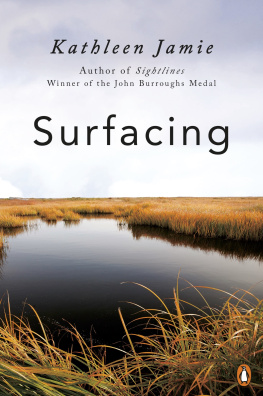
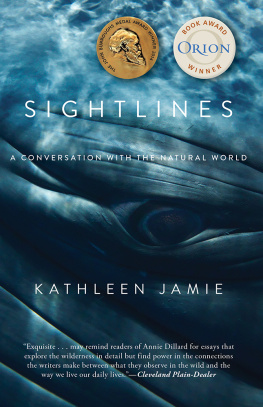
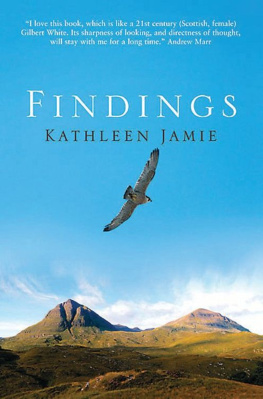

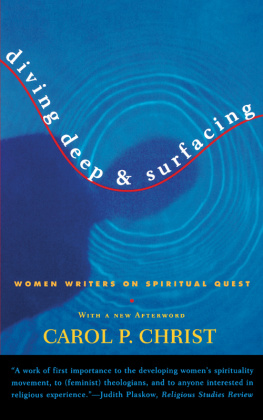



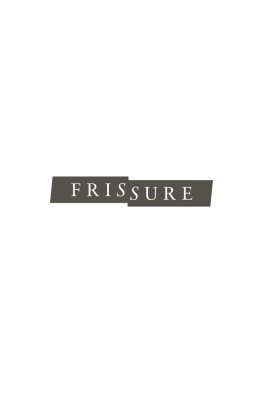

![Kathleen Jamie [Kathleen Jamie] - Among Muslims](/uploads/posts/book/141349/thumbs/kathleen-jamie-kathleen-jamie-among-muslims.jpg)
![Jamie Knight [Jamie Knight] - Revealing His Virgin](/uploads/posts/book/141323/thumbs/jamie-knight-jamie-knight-revealing-his-virgin.jpg)
